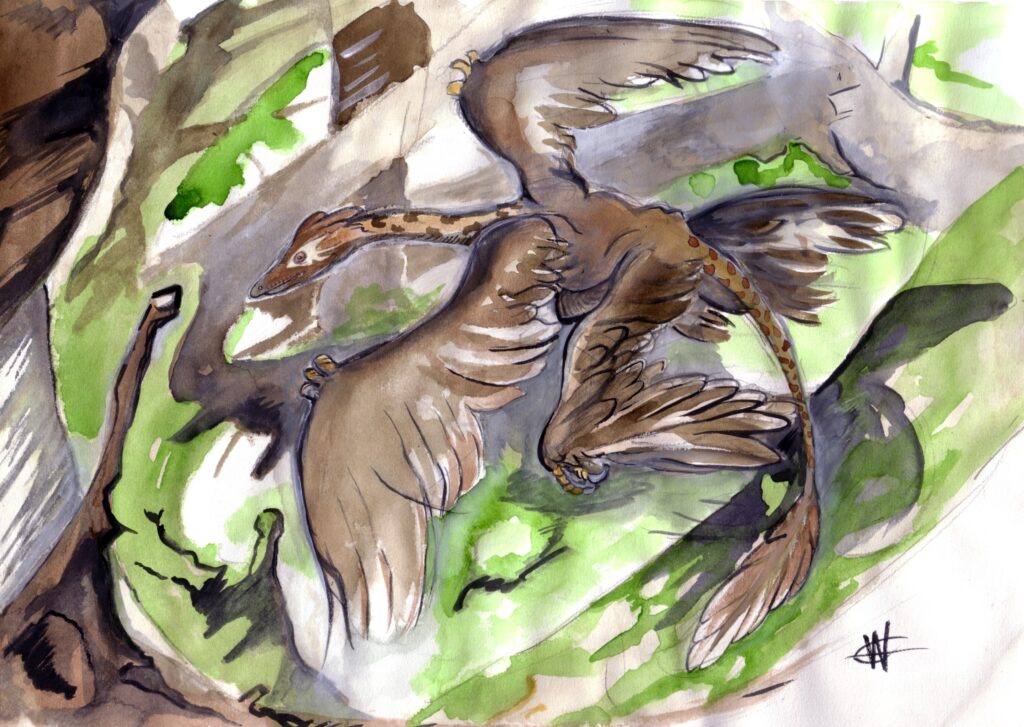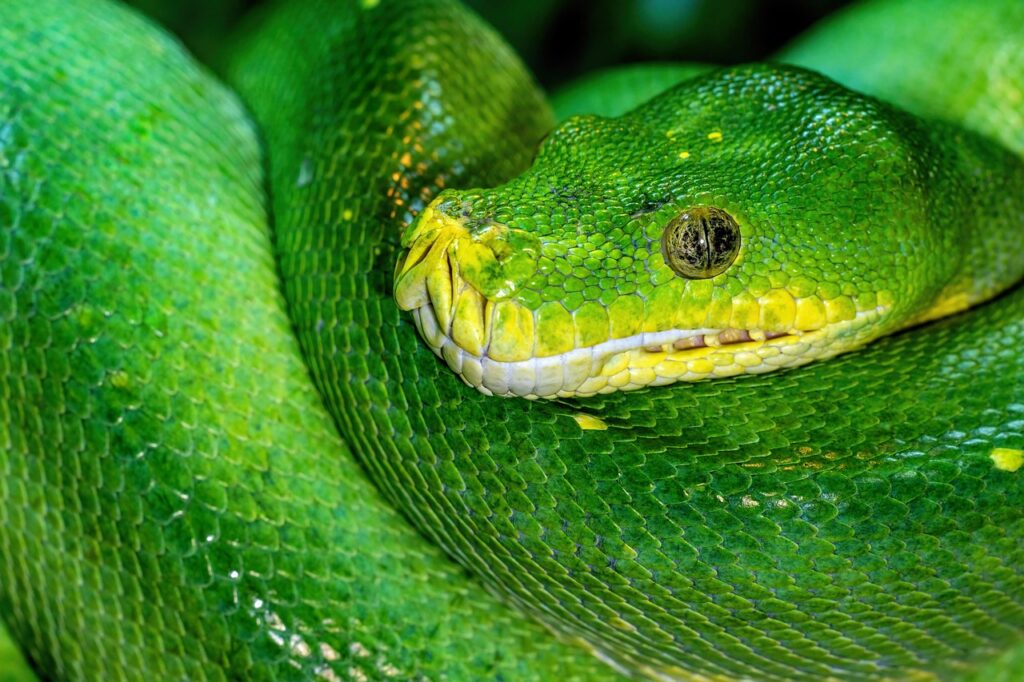Imagine standing on the shores of an ancient sea, watching as a massive predator with razor-sharp teeth emerges from the primordial waters. The ground beneath your feet trembles as colossal beasts thunder across landscapes that existed millions of years before humans ever walked the Earth. This isn’t science fiction – this was reality for 165 million years, an epoch so vast it makes human civilization seem like a fleeting moment. The reign of dinosaurs represents one of the most extraordinary chapters in our planet’s history, filled with creatures so bizarre and magnificent that they continue to captivate our imagination today.
The Dawn of Giants: Late Triassic Origins
The story begins around 230 million years ago, when Earth looked nothing like the world we know today. The supercontinent Pangaea dominated the landscape, creating a hot, dry climate that would seem alien to modern eyes. During this Late Triassic period, the first dinosaurs emerged as small, nimble creatures that shared their world with massive crocodile-like archosaurs and early mammals no bigger than shrews.
These pioneering dinosaurs were nothing like the towering giants we often imagine. Eoraptor, one of the earliest known dinosaurs, stood barely three feet tall and weighed about 22 pounds. Yet these humble beginnings would eventually give rise to some of the most spectacular creatures ever to walk the Earth. The evolutionary stage was set for a drama that would unfold over millions of years.
Explosive Diversification: The Jurassic Revolution
The transition from the Triassic to the Jurassic period marked one of the most dramatic transformations in dinosaur evolution. As Pangaea began to break apart, new ecological niches opened up like never before. The climate became more humid and warm, creating lush forests that would become the perfect backdrop for dinosaur diversification.
This period witnessed the emergence of some of the most iconic dinosaurs in history. Sauropods like Brachiosaurus and Diplodocus grew to incredible sizes, their long necks allowing them to browse vegetation at heights no other herbivore could reach. The Jurassic period essentially rewrote the rules of what was possible in terms of animal size and complexity.
Meanwhile, the first giant predators began to evolve. Allosaurus stalked the landscapes of what would become North America, its powerful jaws and sharp claws making it one of the most feared hunters of its time. The stage was set for an evolutionary arms race that would define the rest of the Mesozoic Era.
The Rise of Feathered Dinosaurs

Perhaps no discovery has revolutionized our understanding of dinosaurs more than the realization that many of these ancient creatures sported feathers. The first feathered dinosaur, Sinosauropteryx, was discovered in China in 1996, sending shockwaves through the paleontological community. This fuzzy, chicken-sized predator lived about 125 million years ago and looked nothing like the scaly reptiles we once imagined.
These early feathers weren’t used for flight but likely served as insulation and display features. Imagine walking through a Cretaceous forest and encountering a Therizinosaurus – a massive, plant-eating dinosaur covered in primitive feathers that stood over 15 feet tall. The discovery of feathered dinosaurs has fundamentally changed how we visualize these ancient creatures.
Ocean Giants: Marine Reptiles of the Mesozoic
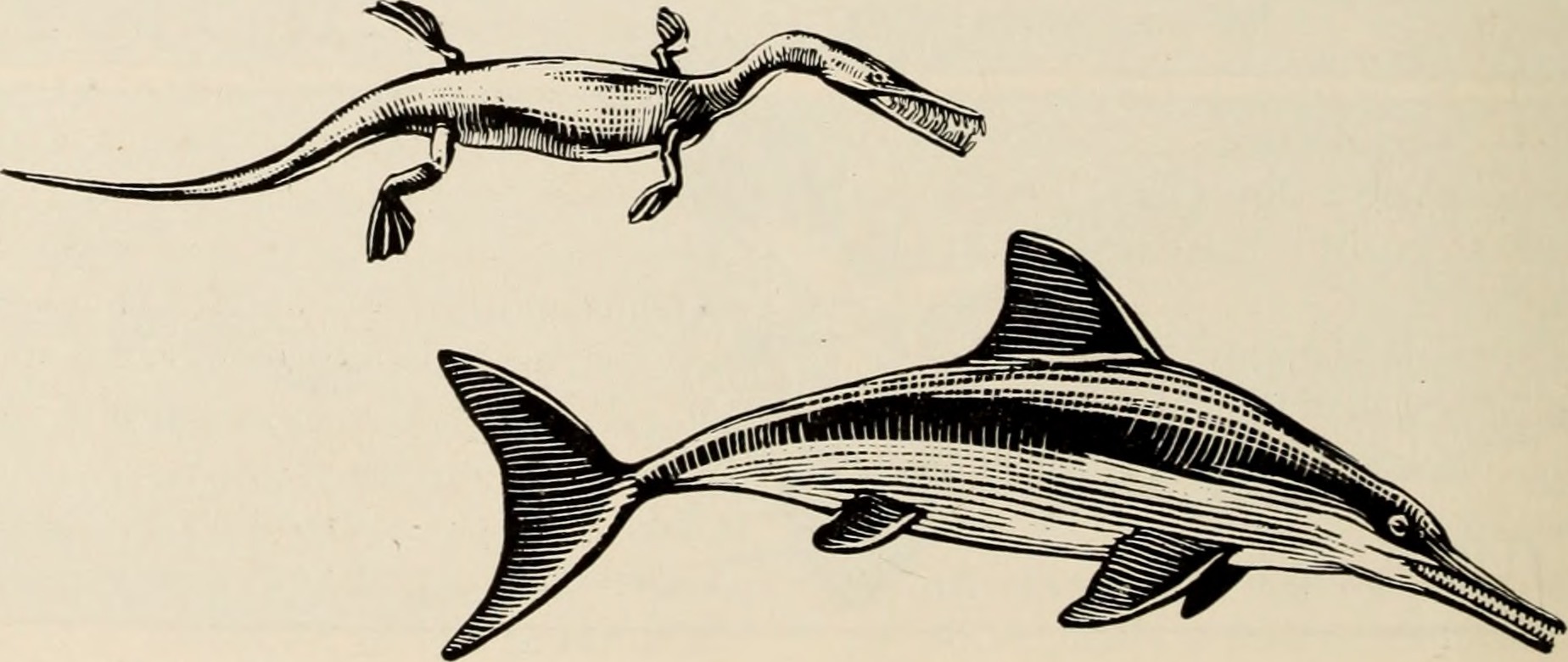
While dinosaurs dominated the land, the oceans teemed with equally impressive marine reptiles. Plesiosaurs, with their four large flippers and long necks, glided through ancient seas like underwater dragons. The largest of these, Elasmosaurus, possessed a neck containing 72 vertebrae – longer than its body and tail combined.
Even more terrifying were the pliosaurs, massive marine predators with skulls that could exceed 10 feet in length. Predator X, discovered in Norway, may have been the most powerful marine predator ever to exist, with bite forces that could crush a small car. These ocean giants remind us that the Mesozoic world was dangerous both on land and sea.
The Age of Tyrannosaurs: Apex Predators Perfected
No discussion of dinosaurs would be complete without exploring the tyrannosaurs, the ultimate expression of predatory evolution. Tyrannosaurus rex, the “king of the tyrant lizards,” represents the pinnacle of large predator design. Standing 12 feet tall at the hips and stretching 40 feet from nose to tail, T. rex possessed a bite force of over 12,800 pounds per square inch – powerful enough to crush a car.
But T. rex wasn’t alone in its dominance. Giganotosaurus from South America may have been even larger, while Carnotaurus sported distinctive horns above its eyes and could possibly run at speeds exceeding 35 miles per hour. These apex predators shaped entire ecosystems through their hunting behaviors and prey preferences.
Herbivorous Titans: The Sauropod Supremacy
The largest land animals ever to exist were the sauropods, long-necked giants that dominated Jurassic and Cretaceous landscapes. Argentinosaurus, discovered in Argentina, may have weighed as much as 100 tons – equivalent to about 17 elephants. These creatures faced unique physiological challenges that engineers still study today.
How did these massive animals pump blood to their brains, positioned 30 feet above their hearts? Recent research suggests they possessed multi-chambered hearts similar to those found in birds, along with a complex system of air sacs that helped reduce their overall density. Their sophisticated biology allowed them to achieve sizes that seem impossible by modern standards.
The sheer diversity of sauropods is staggering. From the club-tailed Shunosaurus to the incredibly long-necked Mamenchisaurus, these giants evolved numerous strategies for survival in a world full of predators.
Armored Defenders: Ankylosaurs and Stegosaurs
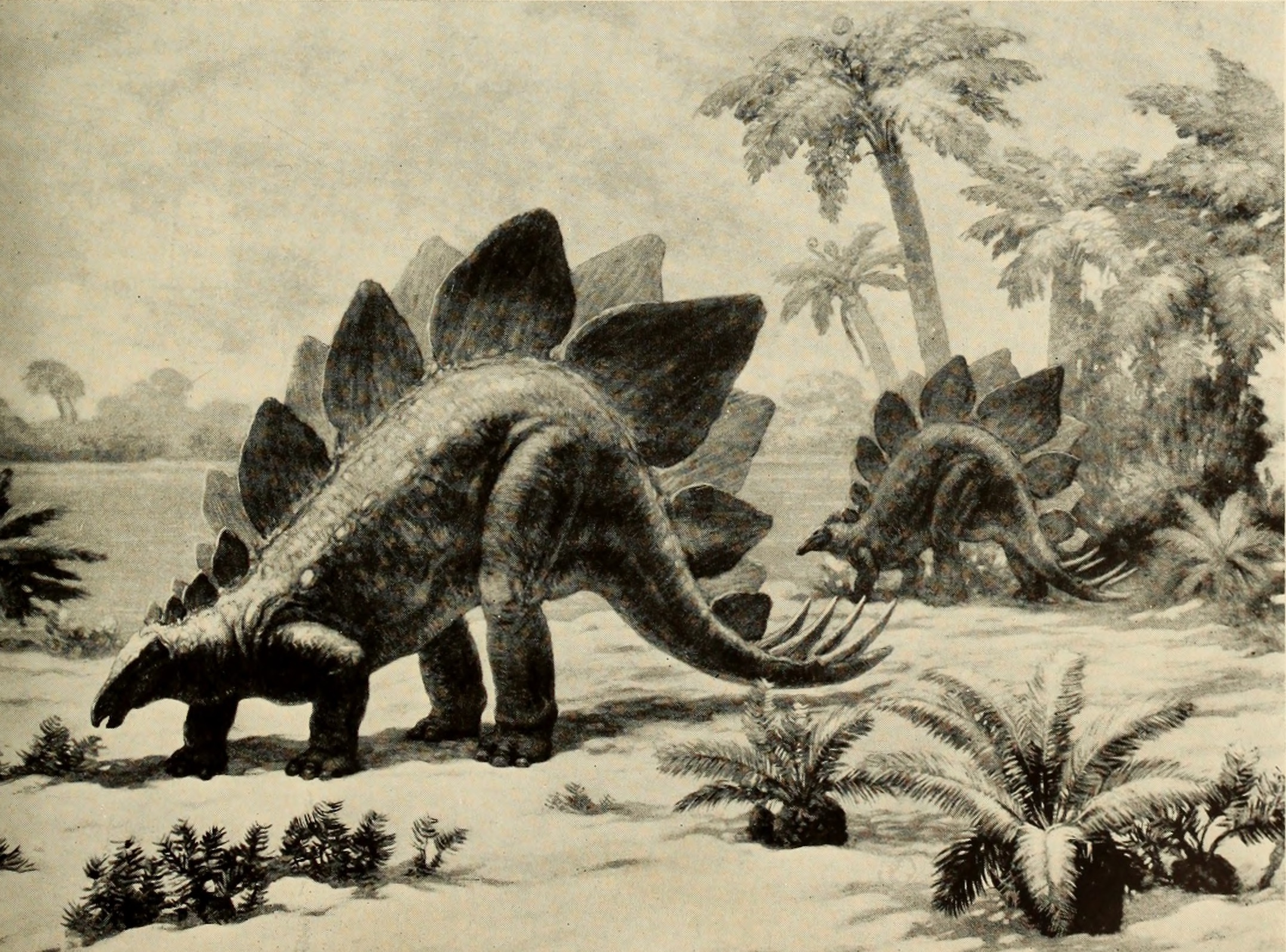
Not all herbivorous dinosaurs relied on size for protection. The ankylosaurs developed perhaps the most sophisticated armor ever seen in the animal kingdom. Ankylosaurus, the “fused lizard,” was essentially a living tank, covered in thick bony plates and wielding a massive club at the end of its tail that could deliver bone-crushing blows to any predator foolish enough to attack.
Stegosaurs took a different approach, sporting distinctive rows of plates along their backs and sharp spikes on their tails. The purpose of these back plates has been debated for decades – were they for defense, temperature regulation, or display? Recent studies suggest they may have served multiple functions, changing color to communicate with other members of their species.
The Horned Faces: Ceratopsian Diversity
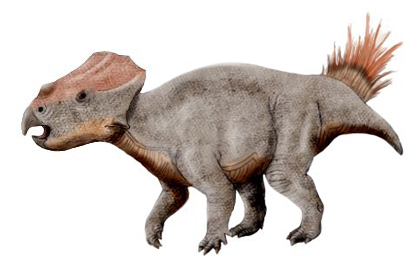
Few dinosaur groups showcase evolutionary creativity quite like the ceratopsians, or horned dinosaurs. Triceratops, with its distinctive three-horned face and massive bony frill, is just one example of this diverse group. Some ceratopsians, like Styracosaurus, sported elaborate spikes around their frills that would make any punk rocker jealous.
These impressive displays weren’t just for show – they served important functions in species recognition and competition between males. The variety in horn arrangements and frill decorations suggests that visual communication was crucial in ceratopsian society. Imagine herds of these magnificent creatures migrating across ancient landscapes, their colorful frills catching the sunlight as they moved.
Duck-Billed Innovators: Hadrosaur Sophistication
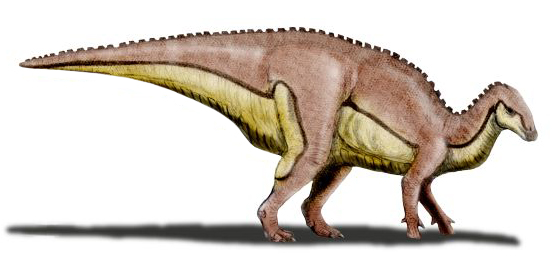
The hadrosaurs, or duck-billed dinosaurs, represent one of the most successful groups of herbivorous dinosaurs. These sophisticated animals developed complex social behaviors, including elaborate nesting colonies and vocal communication systems. Parasaurolophus could produce haunting trumpet-like sounds through the hollow crests on their heads, creating prehistoric symphonies that echoed across ancient valleys.
Their dental innovations were equally impressive. Hadrosaurs possessed hundreds of tiny teeth arranged in complex grinding surfaces that could process tough plant material with remarkable efficiency. This dental technology was so advanced that it wouldn’t be matched by mammals until millions of years later.
The Smallest Giants: Microraptor and Miniature Dinosaurs
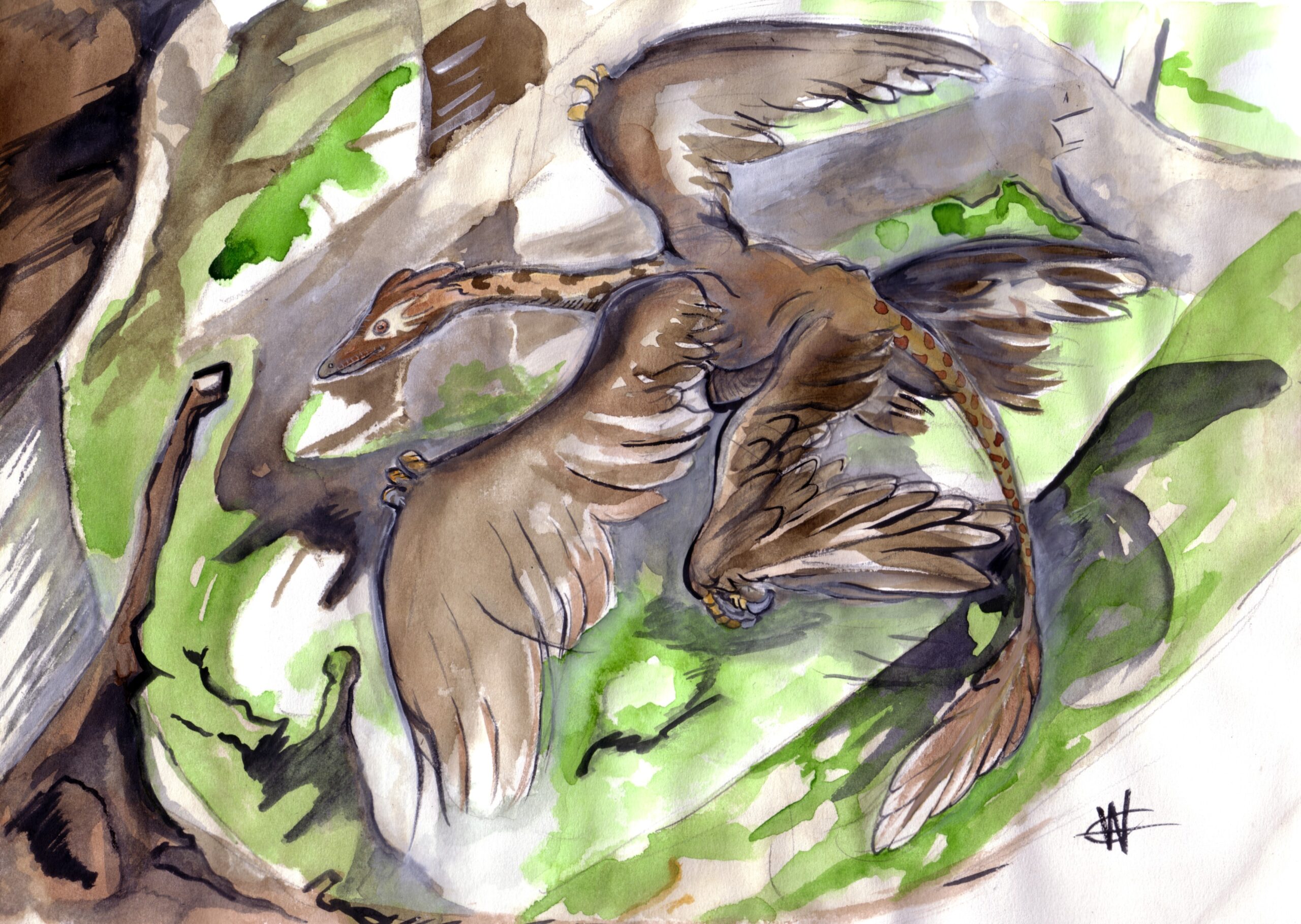
While we often focus on the largest dinosaurs, some of the most important discoveries have involved the smallest species. Microraptor, a crow-sized dinosaur from China, possessed four wings and could likely glide between trees. This remarkable creature provides crucial insights into the evolution of flight and the transition from dinosaurs to birds.
Even tinier was Fruitadens, a dinosaur no larger than a house cat that lived alongside giants like Diplodocus. These miniature dinosaurs prove that success in the dinosaur world wasn’t always about size – sometimes being small and agile was the key to survival.
Global Dinosaur Empires: Continental Differences
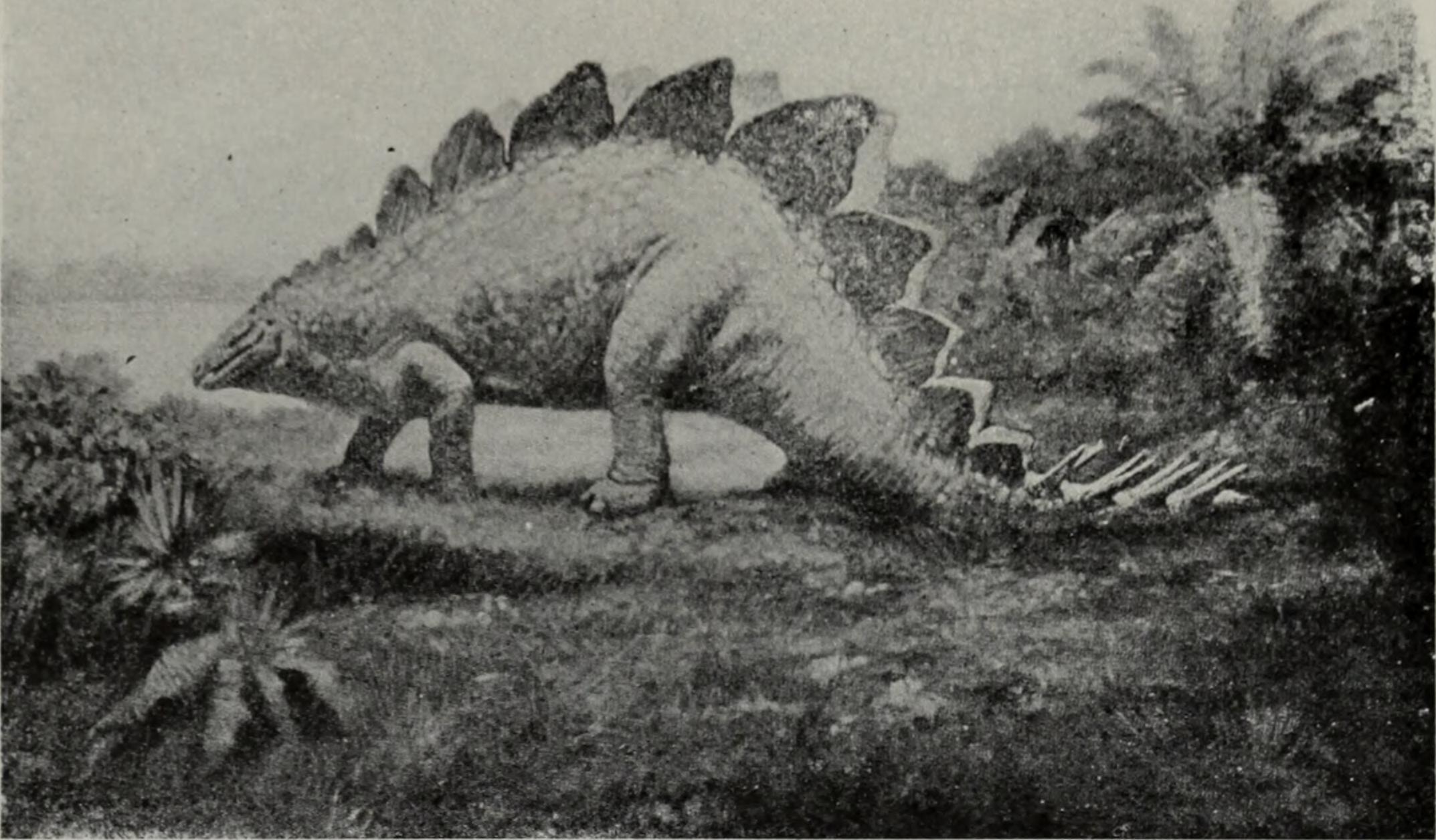
As the supercontinent Pangaea continued to break apart, dinosaur populations on different continents began to evolve independently. South America became home to some of the largest predators ever discovered, including Giganotosaurus and Mapusaurus. These massive carnivores may have hunted in packs, taking down sauropods that were too large for a single predator to handle.
Meanwhile, Africa saw the evolution of Spinosaurus, a semi-aquatic predator that may have spent much of its time in rivers and lakes, feeding on giant fish. Europe hosted its own unique dinosaur communities, including the bizarre Amargasaurus with its distinctive sail-like structure along its neck.
The Final Chapter: Late Cretaceous Diversity
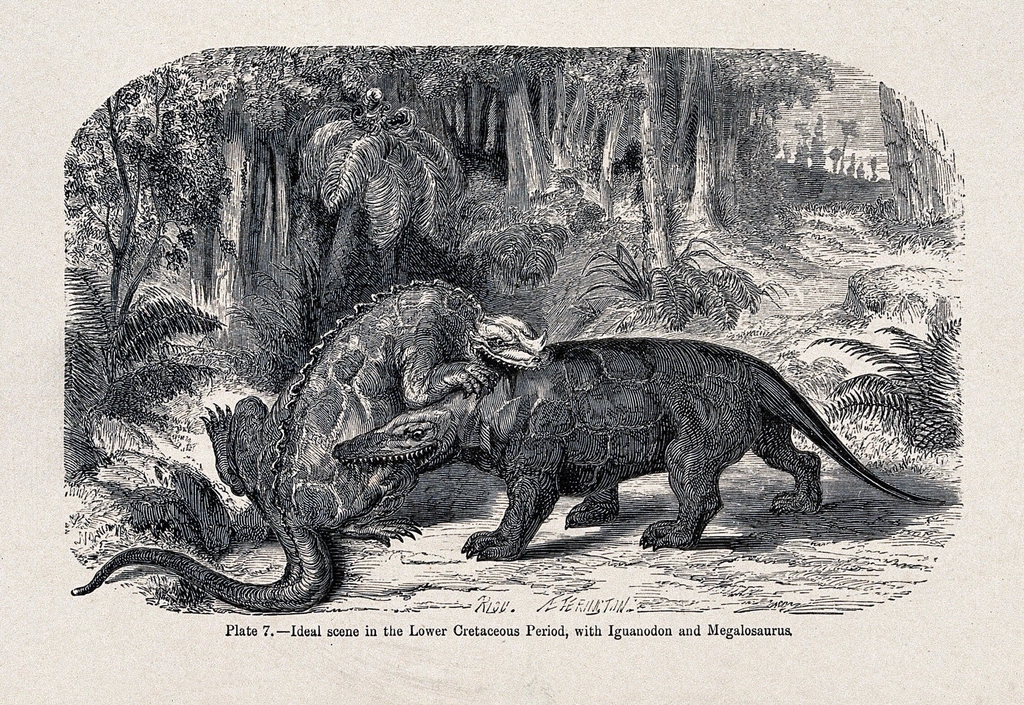
The Late Cretaceous period, just before the great extinction, witnessed dinosaur diversity at its absolute peak. This was the era of T. rex and Triceratops, but also of countless other species that filled every conceivable ecological niche. From the massive predator Daspletosaurus to the tiny, parrot-like Psittacosaurus, dinosaurs had evolved into forms that would seem impossible to imagine.
Some of the most bizarre dinosaurs ever discovered come from this period. Therizinosaurus, a massive plant-eater with claws longer than baseball bats, shared its world with Carnotaurus, a predator with forward-facing eyes and vestigial arms that made T. rex’s arms look powerful by comparison. The creativity of evolution during this period was simply staggering.
The Day Everything Changed: The K-Pg Extinction
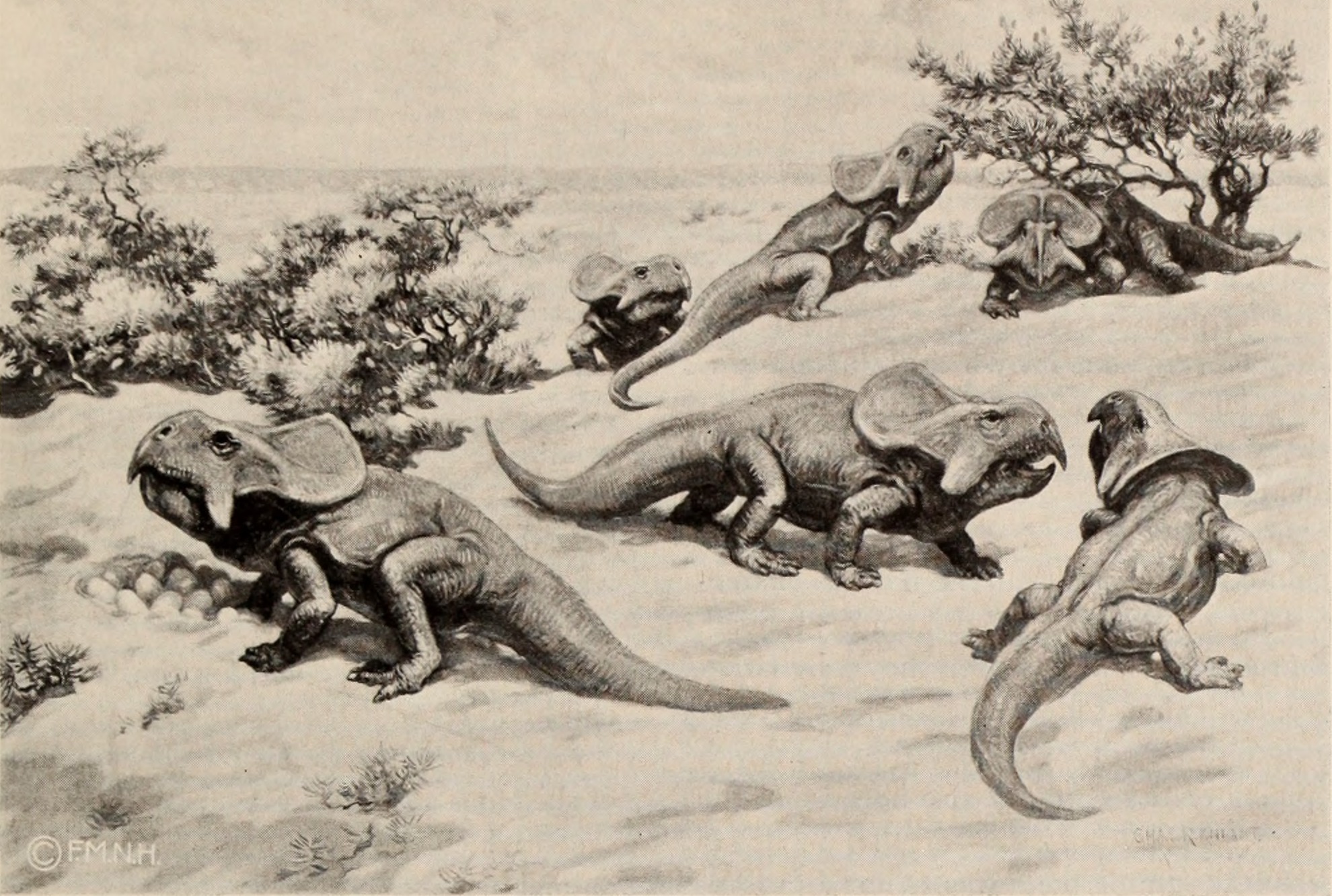
Sixty-six million years ago, a catastrophic event ended the age of dinosaurs in a geological instant. The impact of a massive asteroid, combined with intense volcanic activity, created a global disaster that wiped out roughly 75% of all species on Earth. The skies darkened, temperatures plummeted, and the food chains that had sustained dinosaur communities for millions of years collapsed.
Yet this wasn’t truly the end of the dinosaur story. Birds, which are living dinosaurs, survived the extinction event and continued to evolve. Today, there are more species of birds than any other group of terrestrial vertebrates – a testament to the enduring success of dinosaur biology.
The extinction event reminds us of the fragility of life on Earth and the importance of understanding our planet’s history. In many ways, we’re still living in the age of dinosaurs – we just call them birds.
Living Dinosaurs: The Bird Connection
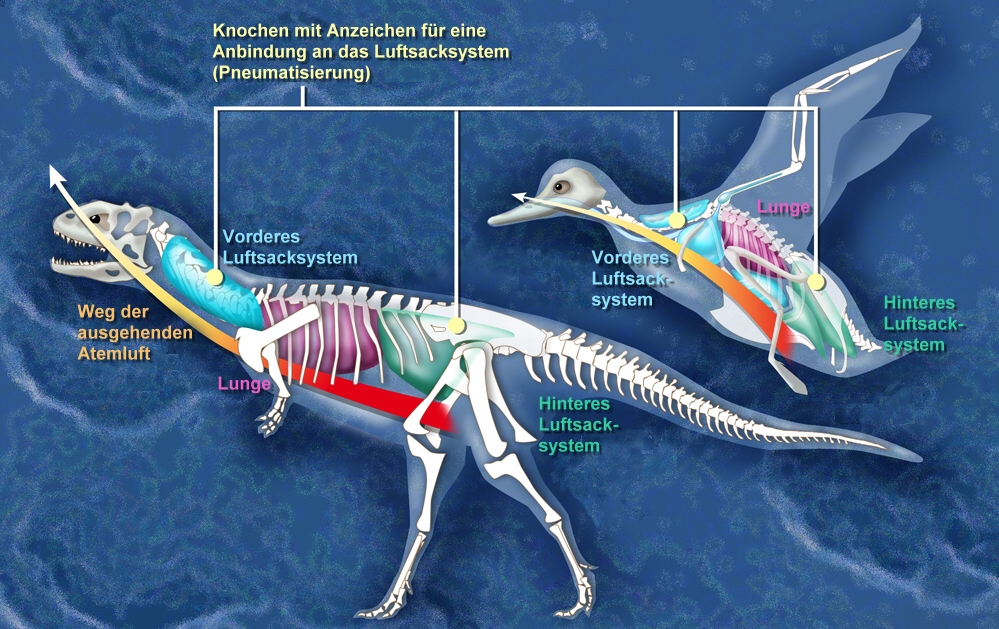
The realization that birds are dinosaurs has completely transformed our understanding of both groups. Every time you see a chicken pecking in a yard or watch an eagle soar overhead, you’re witnessing the continuation of a lineage that stretches back over 150 million years. Modern birds retain many features that clearly link them to their dinosaur ancestors, from their hollow bones to their complex respiratory systems.
Some birds have even retained remarkably dinosaur-like characteristics. The cassowary, with its powerful legs and razor-sharp claws, provides a glimpse into what smaller predatory dinosaurs might have been like. These living dinosaurs continue to adapt and evolve, proving that the dinosaur story is far from over.
The 165-million-year reign of dinosaurs represents one of the most successful evolutionary experiments in Earth’s history. From humble beginnings as small, nimble creatures, dinosaurs evolved into an incredible diversity of forms that dominated land, sea, and sky. Their story teaches us about the power of adaptation, the importance of environmental change in driving evolution, and the incredible creativity of natural selection.
Perhaps most remarkably, dinosaurs never truly went extinct – they simply transformed into the birds that surround us today. Every dawn chorus is a reminder of this ancient lineage, a living connection to a world that existed long before humans appeared on the scene. The next time you see a bird in flight, remember that you’re witnessing the continuation of one of the most successful groups of animals ever to exist on our planet. What other secrets might these living dinosaurs still hold about their incredible prehistoric heritage?

